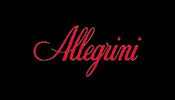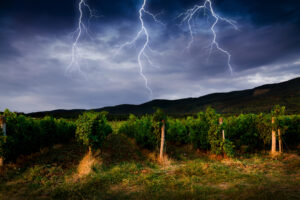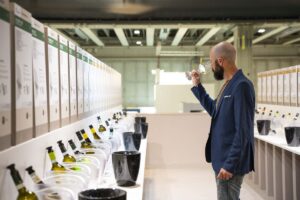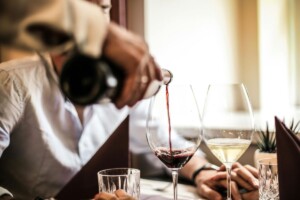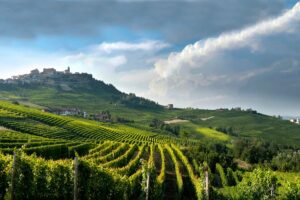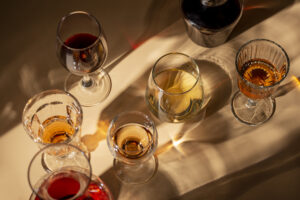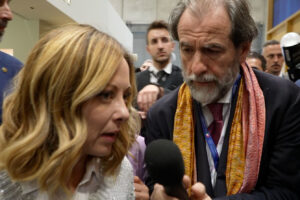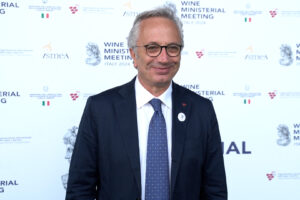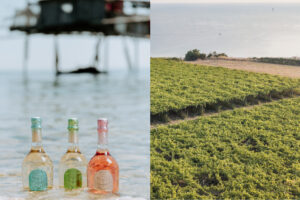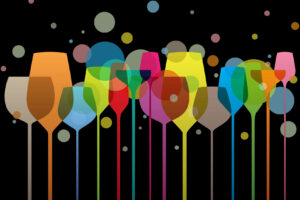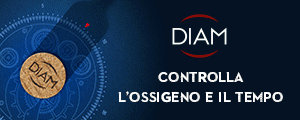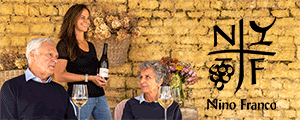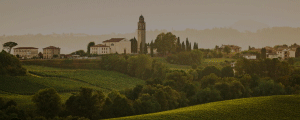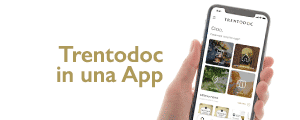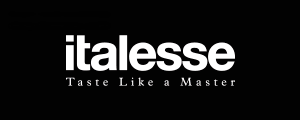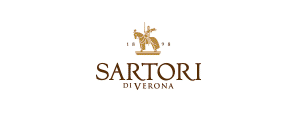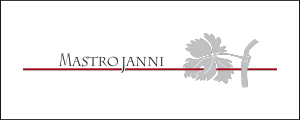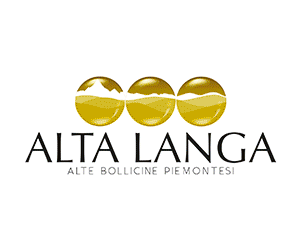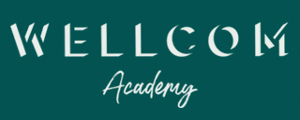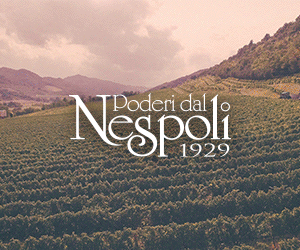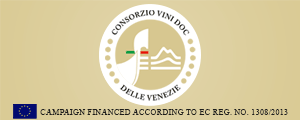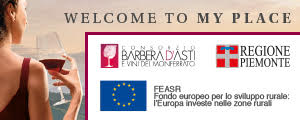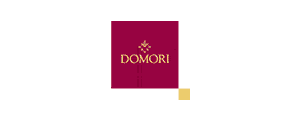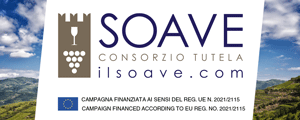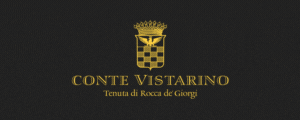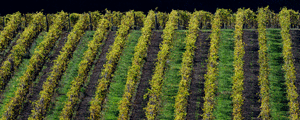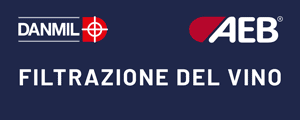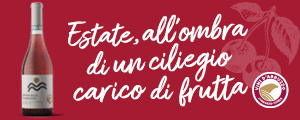The global phenomenon of counterfeit wines is growing according to the British agency NetNames, one of the top web companies specialized in the protection of trademarks, revealing that there are "false" bottles of wine on shelves around the world worth over 100 million dollars. The figure would be minimal when compared to the total global value of wine trade (28.3 billion dollars in 2015 according to the Organisation Internationale de la Vigne et du Vin), but significant related to, for instance, the turnover of world wine auctions: 345.8 million dollars, according to the US magazine "Wine Spectator", total sales of the major auction houses in the world (Acker Merrall & Condit, Zachys, Sotheby's, Christie's, Wally's, Hart Davis Hart, Heritage, Bonhams, Spectrum and Winebid.com) in the most important cities (New York, Los Angeles, Chicago, San Francisco, London, Edinburgh, Geneva, Hong Kong) and on the web. New technologies have more sophisticated requirements for supervising controls as well as tools for producers to detect false goods, but they also provide more "solutions" to counterfeiters.
The phenomenon of counterfeit wines causes uproar especially at auctions, mainly in certain regions, above all Asia, but concerns the entire wine trade, where the most prestigious bottles reach sky-high figures.
The impact is much heavier for those who sell wine, according to NetNames, as they lose between 300 and 400 million dollars every year.
“The phenomenon raises big questions for consumers’ health”, commented Stuart Fuller director of commercial operations and communication at NetNames, on www.harpers.co.uk, “and has a heavy impact on the image of individual brands. Our research says that 78% of consumers would stop trusting a brand if they found it on a website indicated as fraudulent, even though the company owning the brand itself was not at fault. The risk of damage to the reputation of a brand today is increasingly intensified by the growing role of social media on influencing consumers' purchasing decisions”.
According to Fuller, it is important for those who have important wine brands to devote specialized protection management as well as more training and attention to what is happening on the web and, if they notice something strange, to immediately contact the authorities so they can intervene rapidly and effectively.
But that’s not all. “Wine producers need to be proactive in educating their customers to be able to recognize and avoid fake goods. Some companies have actually developed web pages and dedicated tools to help consumers determine if a bottle they purchased is fake or genuine, and indicate where it was bought. It is increasingly important for the distribution and wine & food production worlds to join forces and put together resources, including technology, to counter an increasingly important phenomenon”.
Copyright © 2000/2024
Contatti: info@winenews.it
Seguici anche su Twitter: @WineNewsIt
Seguici anche su Facebook: @winenewsit
Questo articolo è tratto dall'archivio di WineNews - Tutti i diritti riservati - Copyright © 2000/2024



